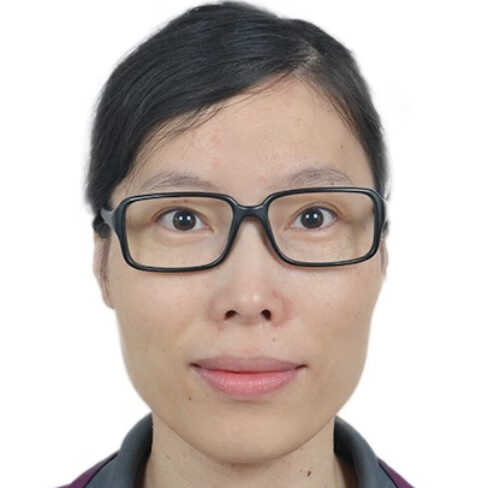痉挛性斜颈(参考外科学)
痉挛性斜颈如何鉴别诊断?
痉挛性斜颈的诊断方法
痉挛性斜颈的诊断需结合 临床表现、神经系统检查、影像学评估,并排除其他类似疾病。以下是详细的诊断流程:
一、临床表现(核心症状)
1. 主要症状
不自主的头部扭转或倾斜:通常为持续性或间歇性,可影响一侧或双侧颈部肌肉。
肌肉痉挛或疼痛:常见于胸锁乳突肌、斜方肌等颈部肌肉,可能导致不适或功能障碍。
姿势异常:头部固定在不自然位置,可能伴随震颤或 jerky 运动。
2. 相关特征
症状可能在休息时减轻,活动或 stress 时加重。
部分患者有感觉诡计(sensory trick),如触摸面部可暂时缓解症状。
二、神经系统检查
1. 体格检查
观察头部姿势:评估扭转角度、肌肉 hypertrophy 或 atrophy。
肌力测试:检查颈部肌肉 strength 和 range of motion。
反射和感觉评估:排除其他神经系统疾病。
2. 功能评估
使用量表如 Toronto Western Spasmodic Torticollis Rating Scale (TWSTRS) 量化症状严重性和影响。
三、影像学检查
1. MRI 或 CT 扫描
用于排除结构性病变,如 颈椎畸形、肿瘤或炎症。
优点:无创,可详细评估颈部 anatomy。
2. 其他影像
必要时进行 EMG(肌电图) 评估肌肉 activity 和神经 involvement。
四、鉴别诊断
| 疾病 | 关键特征 | 如何排除 |
|---|---|---|
| 颈椎病 | 疼痛为主,影像显示 degenerative changes | MRI/CT 显示骨刺或 disc herniation |
| 药物-induced dystonia | 有相关用药史(如 antipsychotics) | 病史询问,停药试验 |
| Wilson's disease | 铜代谢异常,其他神经系统症状 | 血清铜和 ceruloplasmin 测试 |
| Psychogenic torticollis | 症状可变,无 organic cause | 心理评估,排除其他 causes |
五、诊断标准总结
临床评估:典型不自主头部运动,无其他 explainable cause。
排除其他疾病:通过影像和 lab tests 规则 out structural or metabolic disorders。
确认诊断: often based on history and exam, with imaging for support.
关键点
🔹 早期诊断重要 for management and treatment planning.
🔹 Multidisciplinary approach involving neurologists, physiatrists, and sometimes surgeons.
🔹 Treatment options include botulinum toxin injections, physical therapy, and in severe cases, surgery.
建议: Individuals with persistent neck twisting should seek neurological evaluation promptly.




